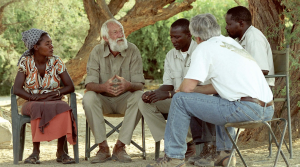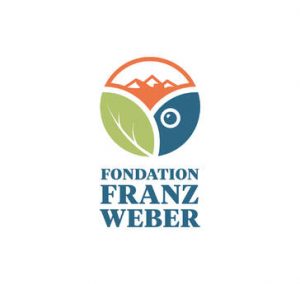Prior to the early 20th century, vast biodiversity-rich areas of Africa, Asia and the Americas were managed mostly at the rural community level, even if they were part of larger political entities. Each society had evolved its own rules and regulations of how natural resources were to be fairly accessed, distributed and utilized, including taxes or tribute that were required by rulers. Natural resource trade of wild plant and animal products was an integral part of subsistence economies. The fact that huge areas of wild habitat greeted early European explorers (15th-18th centuries) attests to the fact that community systems of management were sustainable.
The colonial era transformed community control into top-down state control. The land and its resources were now largely owned by the state, or parceled out to immigrant settlers for private ownership. Parastatal or private corporations increasingly took control of large areas for timber production, agro-industrial plantations and mining. By the mid 20th century, it was already becoming apparent that too much land and natural resources were being lost, with deleterious effects on rural communities and biodiversity. Community-based natural resource management (CBNRM) was born in the 1970s.
Community-based natural resource management aims to put the role of local communities back in the center of natural resource management in territories under their designated control. In general, CBNRM is based on the idea that local communities need to participate in the management and have direct control over the use and benefits of natural resources in order for them to be managed sustainably, as in the distant past. By securing the control and benefits of natural resources local communities have shown that they value and manage them in a responsible and sustainable way.
CBNRM has become an important policy tool for environmental management, wildlife conservation and economic development, especially in southern Africa, where trophy hunting, game ranching, wild meat production and wildlife-based ecotourism operations have been increasingly used as tools to generate community benefits from sustainable use of natural resources. In principle, CBNRM aims to integrate local communities into decision-making and management of these businesses in their areas of tenancy.
What is largely missing from this strategy is international trade of wild products. The Convention on International Trade in Endangered Species of Wild Fauna and Flora (CITES) has placed many of the most high-value products on their no-trade list (Appendix I) in the mistaken belief that this will further species conservation.
While there are success stories of communities and CBNRM with consumptive wildlife use and ecotourism initiatives, there are also failures. The key problems in failure originated from poor local involvement, lack of decision-making power devolved to communities and resulting minimal or missing community benefits. It is critical to correct these problems. CBNRM is seen in the African context often as a means to correct the colonial injustices of the past whereby the rural people were excluded from the management of resources in their communities. During the colonial era, protected areas were created to conserve wildlife, and laws were promulgated to criminalize traditional practices such as subsistence hunting done by the locals thereby taking away the right of the locals to benefit from the resources in their communities.
In addition to countering the detrimental impacts of colonial practices to African communities, CBNRM has become an increasingly important tool to support the achievement of United Nations Sustainable Development Goals (SDGs) in general, and particularly those that focus on uplifting lives of rural communities and the protection of natural resources. In this regard, the SDGs aim to reduce rural poverty through promoting the sustainable use of resources. Furthermore, CBNRM governance strategies have the potential to help in the achievement of SDGs through reduction of poverty in rural communities and promoting the sustainable use of biodiversity.
To further the aspirations of communities for a better life, the objectives of conservationists for a thriving biodiversity and the achievement of the SDGs, CITES must listen to what communities have to say and integrate them into CITES decision-making on wildlife trade matters. CITES cannot perpetuate a colonial attitude and practice regarding community based management of natural resources.





